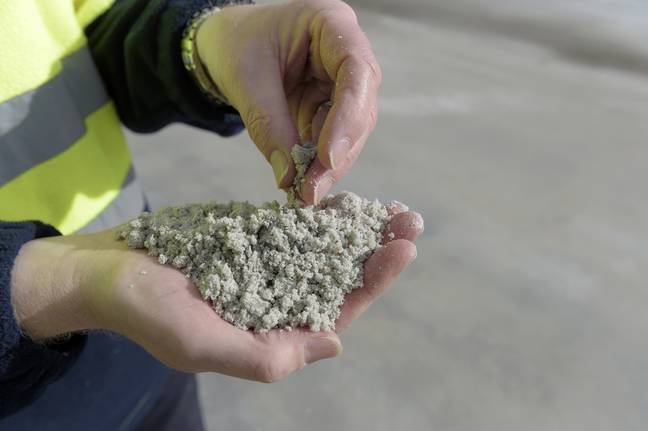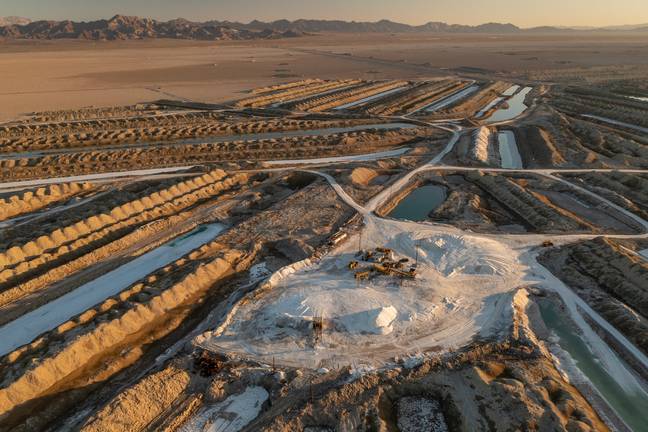The discovery of a California lake having $540 billion worth of ‘white gold’ underneath it isn’t good news for everyone.
It was already known that there were masses of lithium beneath Salton Sea but, in light of a new study, scientists have been able to estimate just how much there is.
So far four million tons of the chemical compound has already been confirmed to be present from the current drilling that’s underway, and now it’s been revealed that there could be a staggering 18 million tons of lithium in total.

This would be worth as much as $540 million, which could power over 380 million electric car batteries.
With the world looking to ditch petrol and diesel cars in favor of electric ones, the discovery has been hailed as ‘huge’ by some.
Sammy Roth, climate columnist for the Los Angeles Times, said on KJZZ radio’s The Show: “They found that there’s potentially enough lithium down there to supply batteries for 382 million electric vehicles, which is more, more vehicles than there are on the road in the United States today. So, if we could get all that lithium, that’d be huge.”
But in might not be beneficial for everyone – those who live in the immediate vicinity in particular.

Recovering lithium from 1,500 feet below the earth’s surface isn’t the easiest of tasks.
To get to the so-called white gold, ‘geothermal production wells extract the lithium-rich brine from thousands of feet below the earth’s surface, and once the lithium is dissolved from the brine, the liquid is pumped back underground’, explains SFGATE.
READ MORE:
Salton Sea is fed with irrigation water from the Colorado River (the region’s main water supply) that drains off nearby farms, and one of the ‘main impacts’ of lithium drilling could be the amount of water needed from the river to run the process.
Robert Schettler, a press information officer for the Imperial Irrigation District, wasn’t able to confirm how much water will be needed when asked by SFGATE.
.jpg)
The Colorado River is extremely important for the surrounding area as its main water supply and it plays a huge part in its agriculture.
Its supply has already been dwindling in recent years, and now lithium mining could further impact it.
Other concerns for the 180,000 residents who live nearby is that the mining will also negative impact the region’s air quality, as well as Indigenous cultural sites.